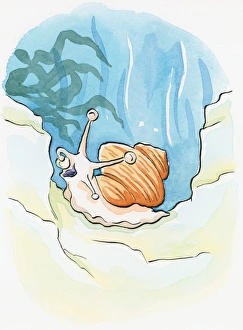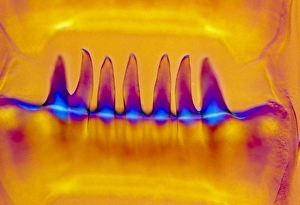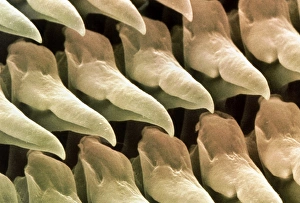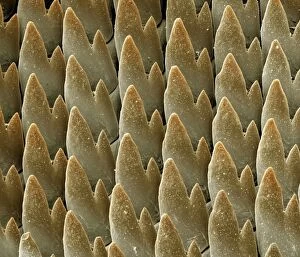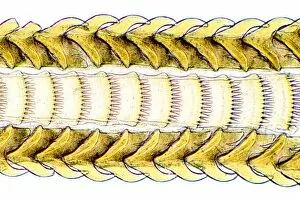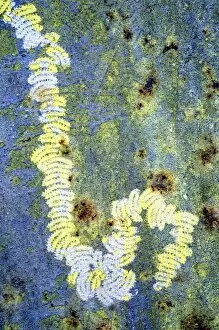Radula Collection
The radula, a fascinating organ found in various creatures, serves multiple purposes
All Professionally Made to Order for Quick Shipping
The radula, a fascinating organ found in various creatures, serves multiple purposes. In the plant kingdom, it is seen in species like the Hankey dwarf aloe and Haworthia attenuata var. Radula. These plants showcase unique characteristics with their rasp-like leaves that add an intriguing texture to any garden. Moving on to marine life, we encounter the raspy wonders of the underwater world. The Common Periwinkle, also known as Littorina littorea, utilizes its tentacles skillfully to bring food into its open mouth. This cartoon depiction showcases the snail's resourcefulness and adaptability. Delving deeper into mollusks' anatomy, we discover the intricate structure of their teeth and radulas. The Waved Whelk tooth and it can beautifully captured under a light microscope, revealing their delicate yet powerful design. Not limited to sea creatures alone, land-dwelling slugs also possess this extraordinary feature called a radula. A colored scanning electron microscope image highlights the stunning details of a garden slug's radula while providing insight into its feeding habits. Further exploration reveals captivating images of snail radulas taken through both light microscopy and scanning electron microscopy techniques. These micrographs offer us glimpses into these tiny organisms' complex oral structures and how they aid in their survival.




